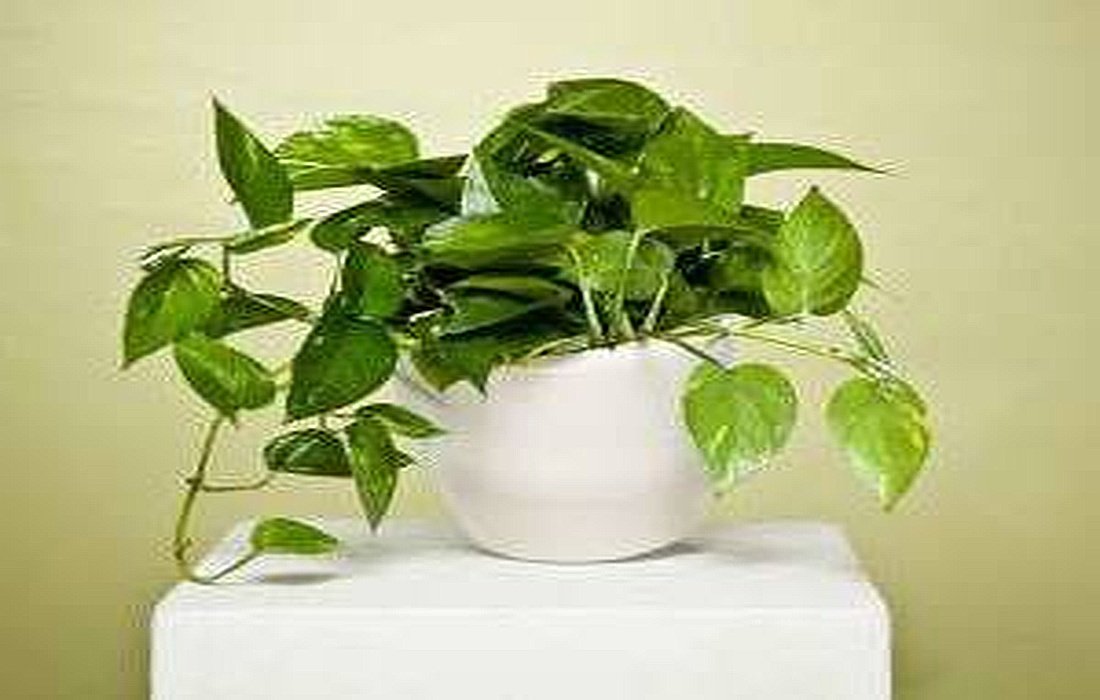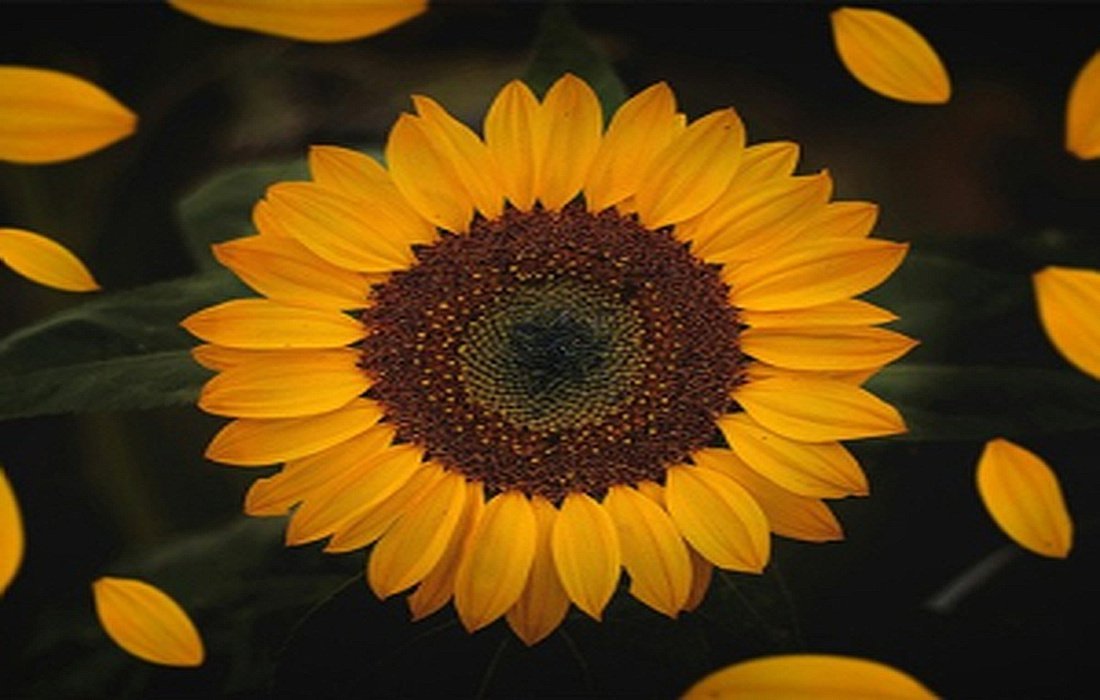Essential Tips for Growing and Caring forPothos Houseplantyou should know
Pothos is both attractive and very resilient, known for its easy growth. This plant is native to the forests of the Solomon Islands and can adapt to a wide range of conditions outside its natural tropical habitat. Not only can pothos change your space with its color and texture, but it also rates highly among plants that help purify the air. Additionally, pothos increase humidity in the atmosphere and replace carbon dioxide with oxygen.
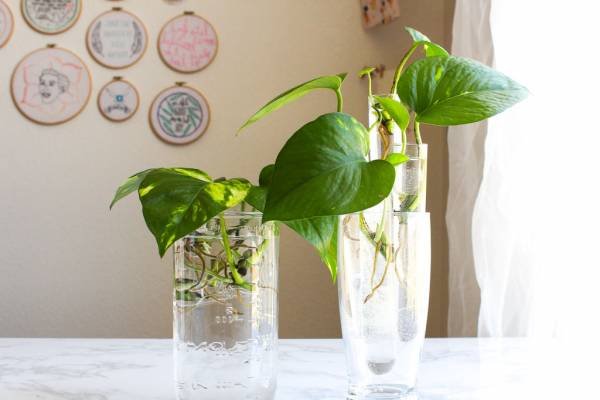
Proper Care Methods for Pothos Houseplant
Types of Pothos Plants:
The most popular types of pothos are Golden pothos and Marble Queen, in this section ofSelMagzwe introduce a few of the common types of pothos to help you better understand their care methods.
Golden Pothos:
As the name suggests, it has colorful golden-yellow leaves; it is also known as Devil’s Ivy or Ivy of the Solomon Islands. Golden pothos is native to the Solomon Islands and parts of Southeast Asia. Since pothos grows in low light conditions, it may show yellowing features; you can place your golden pothos in sunlight for one or two hours.Sunlightto it.
Marble Queen:
Marble Queen is the most common type of pothos and grows very slowly; this plant has leaves that lean towards white. Due to its difficult care, it is less popular, but its slow growth makes it suitable for small spaces.
Jade Pothos:
This type of pothos is characterized by dark green leaves, colorful and with golden cream, Jade green is a green version of Marble Queen and is known as Green Queen.
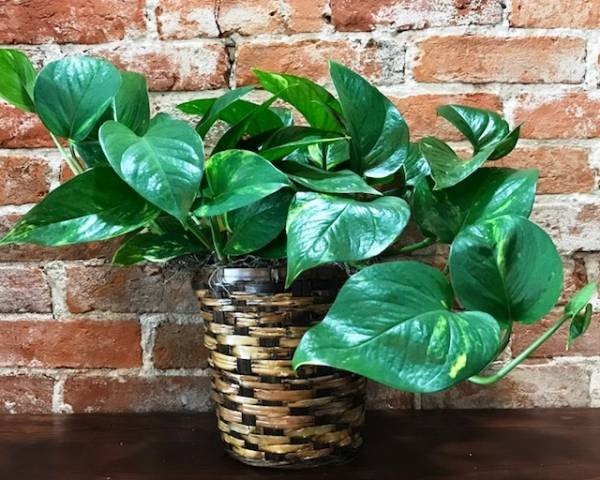
Various Types of Pothos Houseplant
Care tips for Pothos Houseplant:
Although caring for pothos is very easy, we will provide you with a few tips to keep the plant healthy and happy. Like all plants, it needs light, water, and proper air circulation to grow and thrive.
LightPothos:
- Pothos performs very well in varying light conditions and can tolerate low light, but medium indoor light is ideal for it.
- Outside, it can grow in shade.
- Wherever you decide to display your pothos, avoid direct sunlight.
- Since only the green parts of the leaves can produce energy, the leaves will compensate for low light by brightening their green color.
- Pale leaves that tend to yellow may indicate very low light.
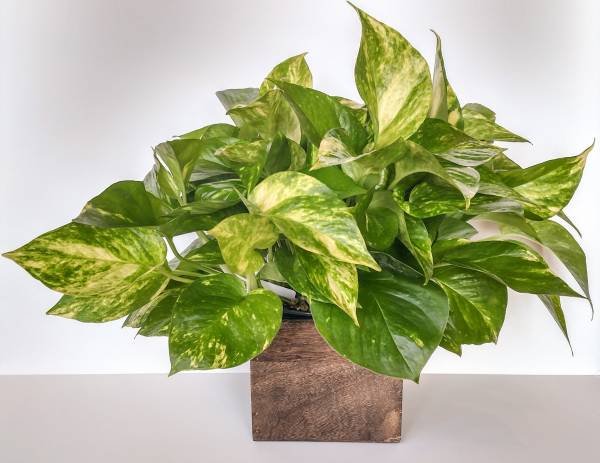
Appropriate Light for Pothos Houseplant
WaterPothos:
- Keep the soil moist, but be careful not to overwater—it’s easier said than done, right?
- Pothos thrives best when the soil dries out between waterings.
- When watering, ensure the roots are moist.
- If the leaves are wilting orbrowningyou need to water the plant more.
- If the leaves are yellowing, you may be overwatering; excessive watering can cause root rot.
- Do not let pothos sit in water unless it is a cutting for propagation. Pothos can grow in both water and soil, but they have a hard time rooting in water. Pothos grows well in soil just like it would in water.
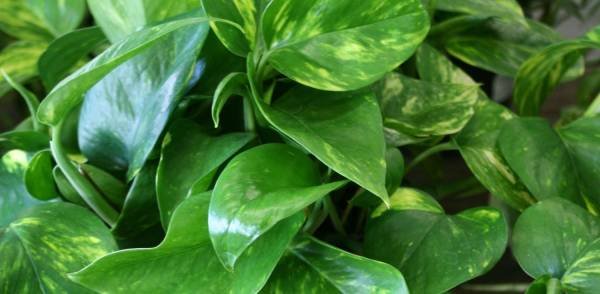
How to Water Pothos Houseplant?
TemperaturePothos:
Pothos can tolerate average temperatures from 55 to 85 degrees Fahrenheit (13 to 29 degrees Celsius); however, they are tropical plants and prefer high humidity and temperatures above 70 to 90 degrees Fahrenheit (21 to 32 degrees Celsius).
They are rarely deadly; ingesting pothos can cause vomiting and burning in pets and children, as they contain calcium oxalates. Pet owners should exercise more caution; you can find more information about toxicity in plants.
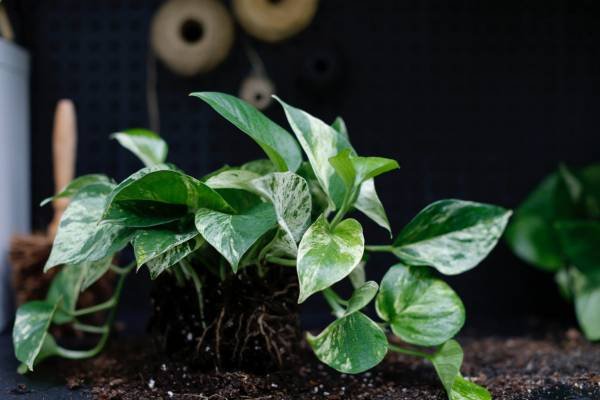
Is Pothos Houseplant Toxic?
Pests and Problems with Pothos Houseplant:
- The most common cause of issues with pothos can be easily corrected. This houseplant does not have any serious pests or diseases; however, you may find mealybugs on it.
- You can use a piece of cotton soaked in alcohol to kill pests. Therefore, check your plant weekly.
- Pothos plants can be great for your home or workplace. Tough and versatile pothos can grow horizontally along a shelf or cover a wall or cascade from a hanging basket. This plant adds beauty, color, and benefits to any environment.
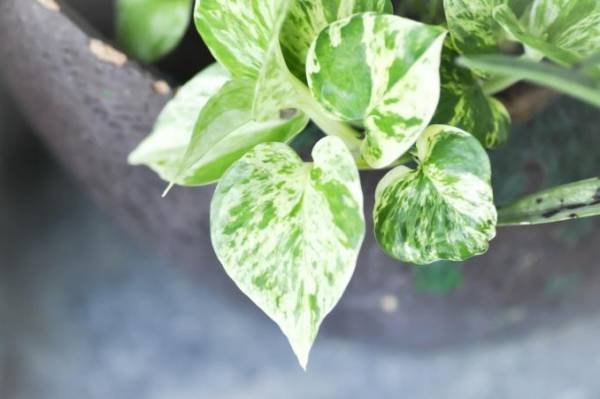
What Problems Does Pothos Houseplant Have?
Reasons for Yellow Leaves of the PlantPothos:
- Yellow leaves can indicate serious issues such as fungal diseases, root rot, and bacterial leaf spots.
- Root rot is often caused by soil-dwelling fungi and over-watering; poor drainage and overcrowding of plants contribute to this issue.
- Pothos with yellowed leaves may be showing signs of root rot. When the plant has root rot, its leaves turn yellow, and the roots will become black and mushy.
- Ensure your plant is placed in an area that receives sufficient sunlight, ensure the water drains well, and water at optimal levels.
- Don’t let the plant suffer from root rot; remove the yellowing leaves and sterilize the blades after each removal.
- If this disease has spread to its roots, you may no longer be able to save the plant.
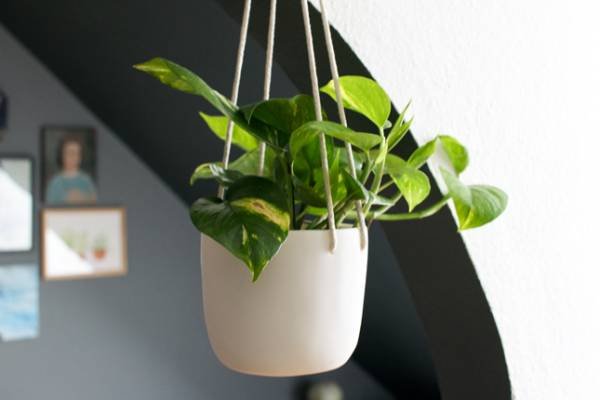
Reasons for Yellowing of Pothos Houseplant
What Causes Yellow Leaves on Pothos Houseplant?
Yellowing of older leaves is quite common in many plants; sometimes, old leaves drop off, and new growth occurs, so if the leaves are yellowing—those that are not close to the end of the stem—it indicates that this process is natural.
If there are more yellowing leaves affecting the whole plant, the first thing to consider is watering. When you don’t water enough, the plant burns some of its leaves to conserve growth.
Another factor that can affect these house plants is cold and heat. Being too close to a cold window or being in a very hot location.
If the plant has white roots, it means there is no root rot, as rotten roots appear brown and mushy.
If the plant roots are very compacted, it’s time to repot the plant in a new, larger pot with fresh soil.
Remove the worst yellowing leaves to check if the problem continues. You can fertilize and take cuttings from this plant in March.
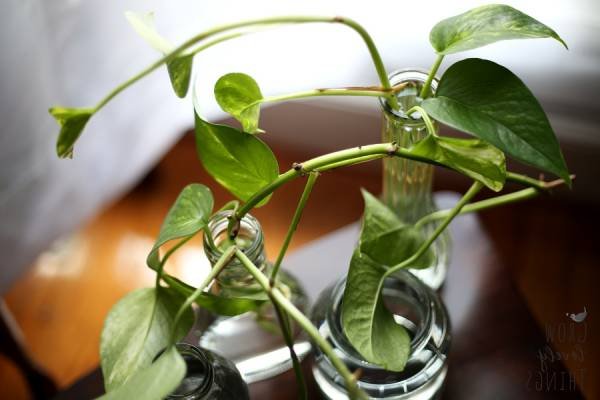
Common Problems in Pothos Houseplant
In summary, the reasons for yellowing and spotting of pothos leaves include:
Yellowing Reasons: Overwatering or Underwatering
Excessive dryness of the pothos plant that causes the stem and leaves to droop and dry out.
Pale green leaves: Move the plant to a brighter environment.
Pale leaves: The light intensity is too high; move the plant to an area with lower light intensity.
White lesions on the plant: Pothos is infested with pests; use pest control sprays.
Brown spots on the leaves: The plant has been overwatered; the surface of the pot should be dry between waterings.
Leaves are wilting: The air is too cold; move the plant to a warmer location.



